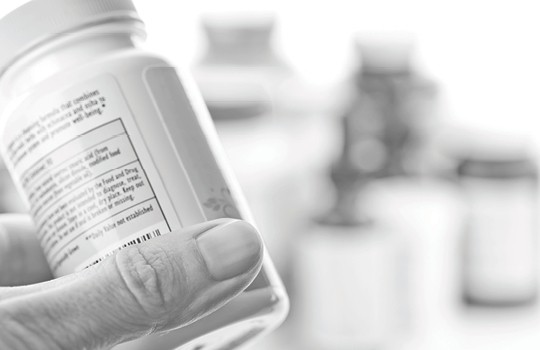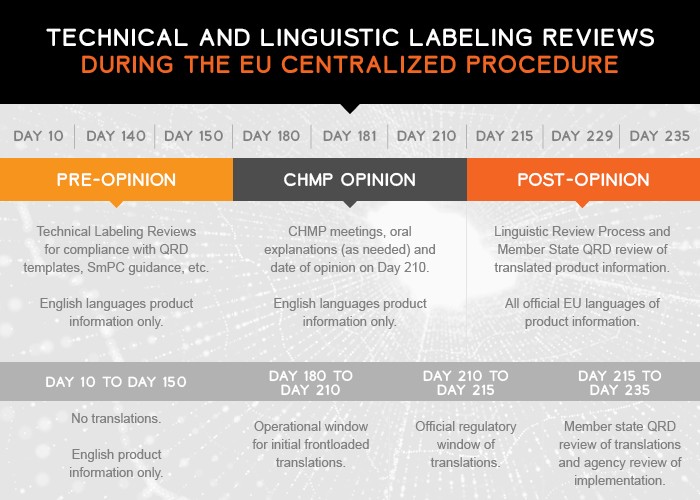LANGUAGE:
- WHAT WE DO
- GENERATIVE AI
We create, transform, test, and train more content than anyone in the world – from text, voice, audio, video, to structured & unstructured data.
Leverage AI-powered technology to bolster your global communications.

- Industries
- LAⁱNGUAGE CLOUD™
Our experts know the in-and-outs of your industry & its challenges.
Harness the Lionbridge Lainguage Cloud to support your end-to-end localization and content lifecycle.

- WHO WE ARE
Our people are our pride, helping companies resonate with their customers for 20+ years.

We create, transform, test, and train more content than anyone in the world – from text, voice, audio, video, to structured & unstructured data.
Content Services
- Technical Writing
- Training & eLearning
- Financial Reports
- Digital Marketing
- SEO & Content Optimization
Translation Services
- Video Localization
- Software Localization
- Website Localization
- Translation for Regulated Companies
- Interpretation
- Live Events
Testing Services
- Functional QA & Testing
- Compatibility Testing
- Interoperability Testing
- Performance Testing
- Accessibility Testing
- UX/CX Testing
Solutions
- Translation Service Models
- Machine Translation
- Smart Onboarding™
Our Knowledge Hubs
- Positive Patient Outcomes
- Modern Clinical Trial Solutions
- Future of Localization
- Innovation to Immunity
- COVID-19 Resource Center
- Disruption Series
- Patient Engagement
- Lionbridge Insights
Leverage AI-powered technology to bolster your global communications.
Generative AI
GenAI Marketing Solutions
AI Training
Our experts know the in-and-outs of your industry & its challenges.
Life Sciences
- Pharmaceutical
- Clinical
- Regulatory
- Post-Approval
- Corporate
- Medical Devices
- Validation and Clinical
- Regulatory
- Post-Authorization
- Corporate
Banking & Finance
Retail
Luxury
E-Commerce
Games
Automotive
Consumer Packaged Goods
Technology
Industrial Manufacturing
Legal Services
Travel & Hospitality
Harness the Lionbridge Lainguage Cloud to support your end-to-end localization and content lifecycle
Lainguage Cloud™ Platform
Connectivity
Translation Community
Workflow Technology
Smairt Content™
Smairt MT™
Smairt Data™
Language Quality
Analytics
Our people are our pride, helping companies resonate with their customers for 20+ years.
About Us
Key Facts
Leadership
Insights
News
Trust Center
SELECT LANGUAGE:
Human medicinal drugs authorized through the Centralised Procedure in the EU must go through a strict Linguistic Review process to ensure the quality and consistency of the regulatory product label. The regulatory label for prescription drugs, which is known as Product Information in Europe, contains important information for healthcare professionals and patients alike. The Product Information contains a Summary of Product Characteristics, the Package Leaflet, and Package Labeling.
Product Information
Source: European Medicines Agency
Language is the Vehicle for Correct Prescription Drug Use
Language is a critical component of drug labeling. This is due to the potential consequences of poorly translated labels and because the EU market has no less than 24 official languages. Mislabeling is not only a risk to patient health, but also to drug manufacturers who are accountable for the accuracy and consistency in labeling. If EU Member State reviewers determine translation quality is poor during the Linguistic Review process, this can delay the Commission consultation, which is the final step before authorization and access to the EU market.
The National Library of Medicine referenced a study that shows up to 33% of medical errors are attributed to packaging and labeling confusion. How much of this confusion is due to the source language labeling verus the translation into other languages was not disclosed.
But what we do know for sure is that language is inherently subjective. It is full of conventions that may be cultural or professionally driven. And it is prone to misunderstandings because language and meaning are processed within the context and skills of the recipient. The Linguistic Review process is an important quality step in regulated labeling and ultimately in the correct drug use across the multilingual European Union.
Centralised Procedure Enables Access to the Entire Union
The Centralised Procedure (CP) is a mandatory regulatory pathway for the authorization of many new drug products in the European Union, as defined by Regulation 726/2004. Among these are drugs containing new active substances with important therapeutic indications such as cancer, diabetes, auto-immune- and viral diseases, as well as drugs developed via biotechnological processes and monoclonal antibody methods.
Beyond these ‘mandatory’ drugs, which are driven by critical/emerging unmet patient needs and scientific innovation, many drug sponsors will also seek approval through the CP. This allows them to benefit from the mutually accepted regulatory standards and to gain access to the entire EU market via a single drug application. Regulatory harmonization across the EU Member States enables patient access to therapeutic interventions and speed to market for drug sponsors.

Linguistic Review Procedure – A Regulatory Requirement
The Linguistic Review process is unique to Europe. It calls for a language services provider with expertise in the linguistic compliance requirements for EU labels and experience in navigating the regulatory Quality Review of Documents (QRD). New drug applications and drug extensions are subject to the same Linguistic Review process. However, post-authorization drug variations will be subject to linguistic review depending on the type of change. The Linguistic Review process also covers re-assessments, renewals, referrals, and safety procedures.
Linguistic Review is performed by national QRD members, who are appointed for each EU Member State. They review the quality of translations according to the criteria listed below.
QRD Review on Translations
- Missing words or sentences
- Scientific incorrect translations (e.g., terminology)
- Inaccuracies (incorrect translations – incl. spelling, punctuation, grammatical mistakes)
- Editorial, stylistic changes (e.g., rephrasing)
- Formatting
The QRD reviewer is required to reject the translation and return it to the Applicant with an explanation for why the translation was deemed unacceptable. Although rare, the explanation itself can be a testament that language is inherently subjective, and that even QRD reviewers may have difficulties escaping their own linguistic preferences.
In situations where the regulatory reviewers’ express concerns on translation quality, Sponsors will benefit from having a language services provider with the linguistic expertise to interact with such reviewers.

Timing and Partnership Are Critical
The Linguistic Review process is subject to strict regulatory timelines. For translations, the official 5-day regulatory window for translation is extremely tight. This is due to the many languages required to obtain a union authorization and the efforts needed to recruit and coordinate qualified translators across 24 languages. Translations should therefore commence prior to the official Opinion, ideally as close to Day 180 as possible and after major outstanding issues have been resolved.
Technology is often emphasized as the single most important key to successful and timely labeling translation. We argue that technology cannot replace the value of a strong partnership during the Linguistic Review process where service excellence relies so heavily on many different human resources and reviewers, both at sponsor and supplier side.
At Lionbridge, we ensure global understanding of final product label content for your drug, including prescribing information, SPCs for healthcare professionals and regulators, package labeling and inserts, and more. We validate your label content in order to ensure that it is accurate, complete, and compliant in every market and language you require.
As experts in regulatory translation, we translate and validate primary, secondary, and/or tertiary drug labels for investigational drugs, placebo, comparator drugs, or auxiliary medicinal drugs used for clinical protocol endpoints—and help you meet GMP standards for accurate, compliant drug labels in all markets.
Get in touch
If you’d like to learn how Lionbridge Life Sciences Services can help support your translation and localization needs for regulatory labeling, contact us today.





